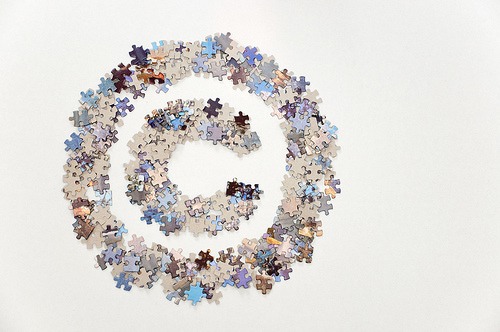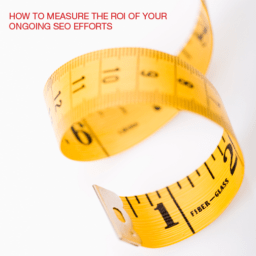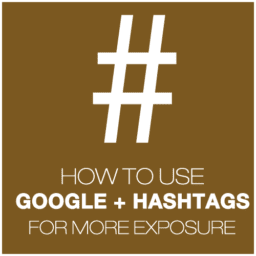
That’s right! Starting this week, Google’s algorithm is now penalizing websites just a little bit differently than they were in the past. But it’s all toward the same end Google has been trying to achieve with its Panda and Penguin updates: Reward the websites that create the best content.
And you know what’s not good content? Copied content. Well, presumably the content actually is pretty good if you wanted to copy it … but that certainly isn’t a good practice. Not only is pirating content just poor internet etiquette, but it also results in duplicate content that hurts both websites on which the content is featured in the SERPs. Not cool.
But that’s why this latest Google algorithm update is so great! Because it will be using the number of valid copyright removal notices as a signal for which websites should be displayed in the SERPs. Let’s dive into what this update means in a little bit more detail, including what in the heck a copyright removal notice is.
What in the Heck a Copyright Removal Notice Is
A copyright removal notice is a request Google receives from copyright owners and the reporting organizations that represent them to remove links in its search results to content that allegedly infringes copyrights. Only courts can ultimately decide whether any copyright infringement had taken place, not Google. Their only role in the process is removing pages from search results that have a valid copyright removal notice — as in, approved by the long arm of the law. Google now receives more copyright removal notices every day than they did in all of 2009 (the year they revamped their copyright removal process). In fact, they’ve received and processed more than 4.3 millions URLs in just the last 30 days.
So, What Does This Algorithm Update Do?
This algorithm update will consider the number of valid copyright removal notices a website receives when determining its rank in the SERPs. Naturally, those with a lot of infringements will appear lower in results, while those that are on the straight and narrow will be unaffected. Google reported the goal of this update is to, “help users find legitimate, quality sources of content more easily.”
Should I Be Worried?
No. Well, unless you’re stealing people’s content.
But there are crazy people out there who don’t know how the internet works! What if they report my website because they think I’ve stolen their copyrighted content, even when I haven’t? What if a competitor is trying to flush me out of the SERPS?
Those people can file as many copyright removal notices as they want … Google isn’t dinging sites based on a notice being filed against them. They’re dinging sites that have actually been proven in a court of law to have infringed copyright law. And even if the claim was proven to be valid in a court of law, Google still provides counter-notice tools for the wrongly convicted so their content can be reinstated in the SERPs.
So if you aren’t being vigilant about protecting your copyright now, there’s a bit more incentive to do so for organizations interested in SEO. And if you’re less than scrupulous about proper source attribution for your content, now is the time to get serious. Google’s watching.
Does this algorithm update worry you at all? Or are you just happy to see Google taking copyright infringement more seriously?
Blog source : Hubspot





